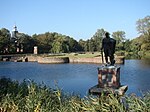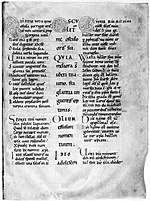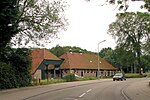Egmond aan Zee
Bergen, North HollandFormer municipalities of North HollandPages with Dutch IPAPopulated coastal places in the NetherlandsPopulated places in North Holland

Egmond aan Zee (Dutch pronunciation: [ˌɛxmɔnt aːn ˈzeː]) is a village on the North Sea coast in the Dutch province of North Holland. It is a part of the municipality of Bergen, about 9 km west of Alkmaar. Egmond aan Zee was a separate municipality until 1978, when it merged with Egmond-Binnen and Egmond aan den Hoef to form the new municipality Egmond. In turn, Egmond was amalgamated into Bergen on 1 January 2001.
Excerpt from the Wikipedia article Egmond aan Zee (License: CC BY-SA 3.0, Authors, Images).Egmond aan Zee
Strandslag Badzuid, Bergen
Geographical coordinates (GPS) Address Nearby Places Show on map
Geographical coordinates (GPS)
| Latitude | Longitude |
|---|---|
| N 52.616666666667 ° | E 4.6166666666667 ° |
Address
Strandslag Badzuid
1931 AA Bergen
North Holland, Netherlands
Open on Google Maps









